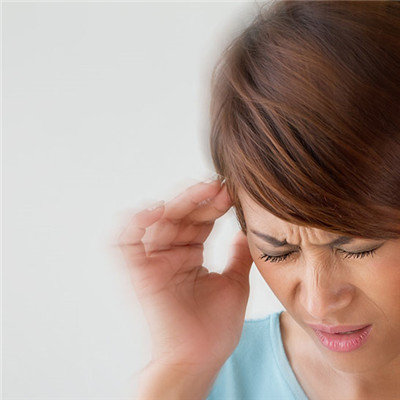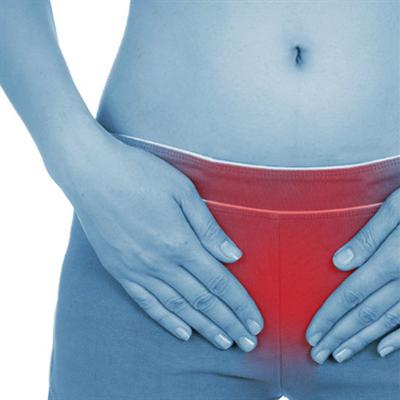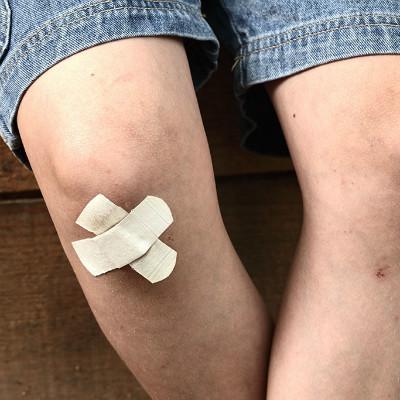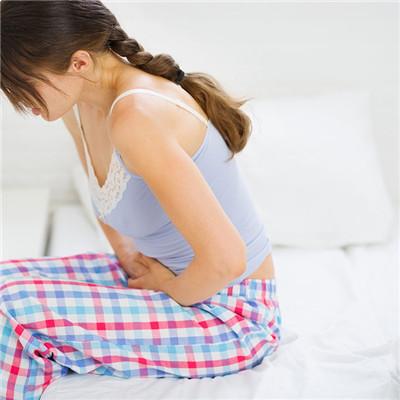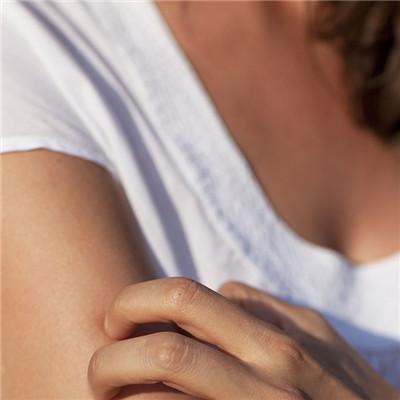Symptoms of dengue fever cases?
summary
Dengue fever is an acute insect borne disease caused by dengue virus transmitted by mosquitoes. Dengue virus infection can lead to latent infection, dengue fever, dengue hemorrhagic fever, dengue hemorrhagic fever is rare in China. Dengue fever is prevalent mainly in tropical and subtropical areas. Guangdong, Hong Kong and Macao are the endemic areas of dengue fever in China. Because the disease is transmitted by Aedes, the epidemic has a certain seasonality, generally from May to November every year, and the peak is from July to September. In the new epidemic area, the population is generally susceptible, but the incidence is mainly adult, in the local epidemic area, the incidence is mainly children. Symptoms of dengue fever cases? Let's talk about it
Symptoms of dengue fever cases?
The onset of fever is usually sudden, and the body temperature quickly reaches above 39 ℃, which generally lasts for 2-7 days. The heat type is irregular. In some cases, the body temperature drops to normal on the 3rd-5th day, and rises again one day later, showing bimodal fever or saddle fever. The onset of the disease in children is slow and the fever is low. The onset was accompanied by headache, back pain, muscle and joint pain, orbital pain, retrobulbar pain and other systemic symptoms. May have the feeling allergy, nausea, vomiting, abdominal pain, poor appetite, diarrhea and constipation and other digestive tract symptoms. Face and conjunctiva congestion, neck and chest skin flush. Relatively slow pulse may appear in fever stage.
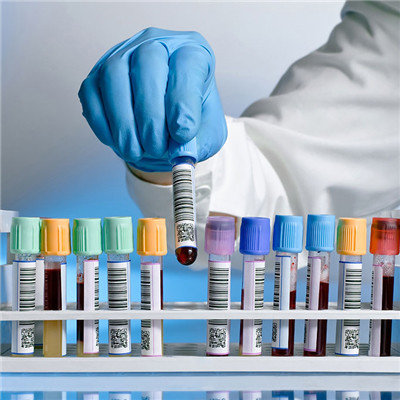
The rash appeared 2-5 days after the onset of the disease. It first appeared on the palms, soles of the feet, trunk and abdomen, and gradually extended to the neck and limbs. Some patients were found on the face, including macular papules, measles like rashes, scarlet fever like rashes and erythematous rashes, with slight itching. There were also small ecchymosis on the back of the feet, legs, ankles, wrists and armpits on the last day of the fever or after the fever subsided, It subsided within 1-3 days, leaving brown spots for a short time, and generally subsided at the same time with body temperature.
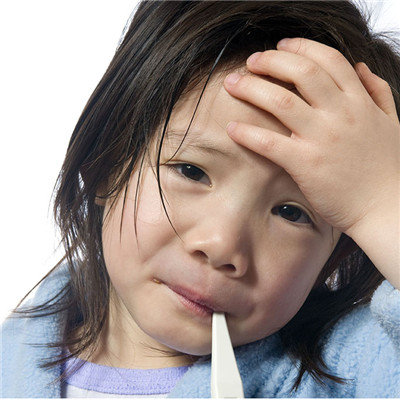
Bleeding occurs in 5-8 days after the onset, about half of the cases may have different parts and degrees of bleeding, such as epistaxis, skin congestion, gastrointestinal bleeding, hemoptysis, hematuria, vaginal bleeding, etc. Other systemic lymph nodes may have mild swelling with mild tenderness. Hepatomegaly and splenomegaly are rare. A few cases had jaundice. Patients often feel weak after the disease, and it often takes several weeks to fully recover.
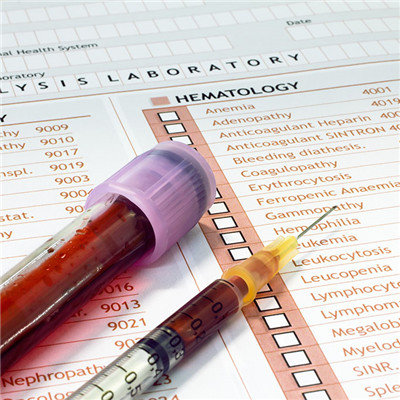
matters needing attention
The patient lived in the isolation ward with anti mosquito equipment. In acute stage, patients should rest in bed until their body temperature and platelet count return to normal without bleeding tendency. The diet should be liquid or semi liquid food rich in nutrition and easy to digest. Pay attention to clean mouth and skin, keep feces unobstructed. Patients with high fever should first use physical cooling, such as ice compress, alcohol bath, careful use of analgesic antipyretic drugs. For those with persistent high fever and severe toxic blood symptoms, short-term use of small doses of adrenocortical hormone, such as oral prednisone, is recommended.


